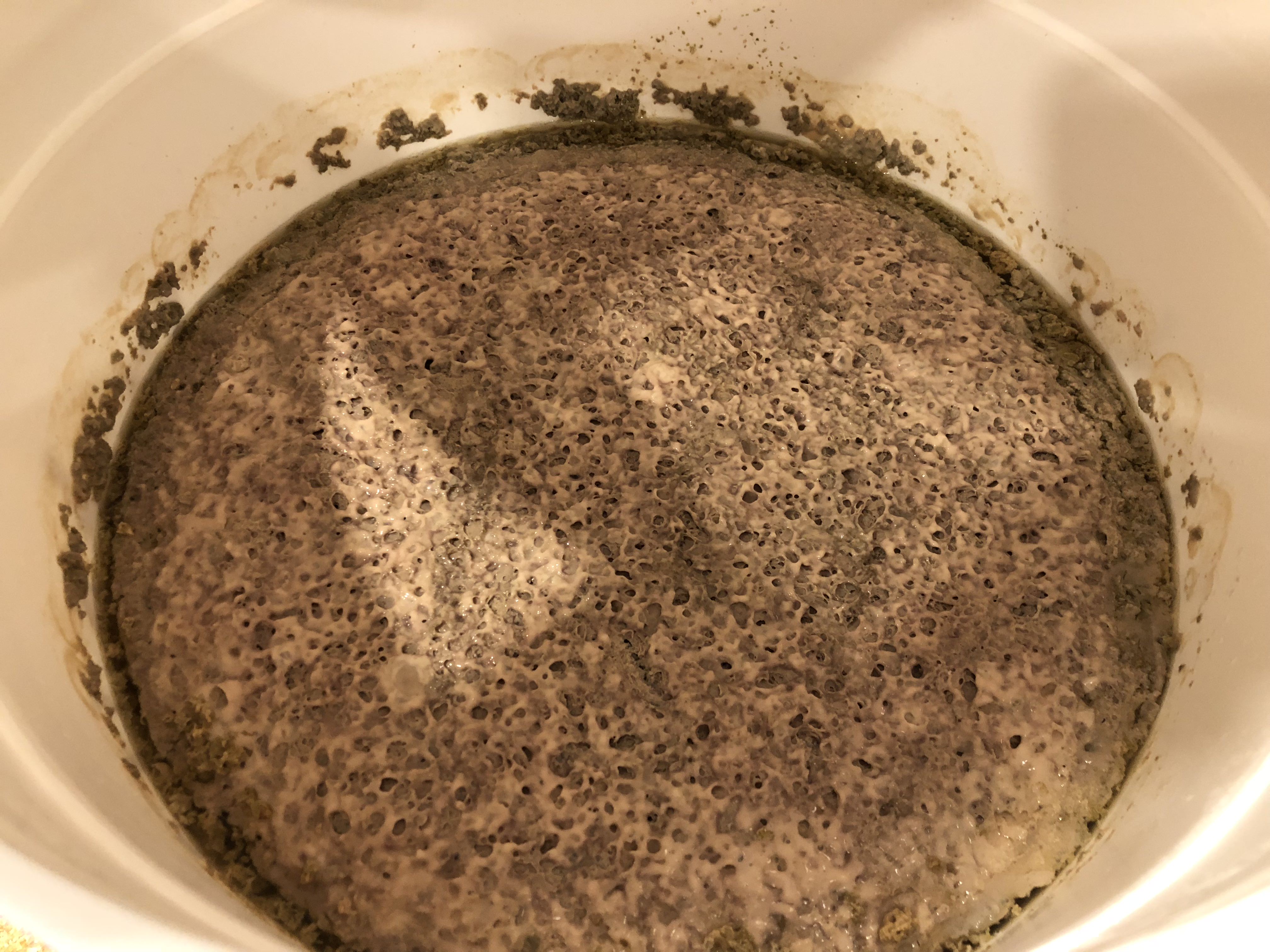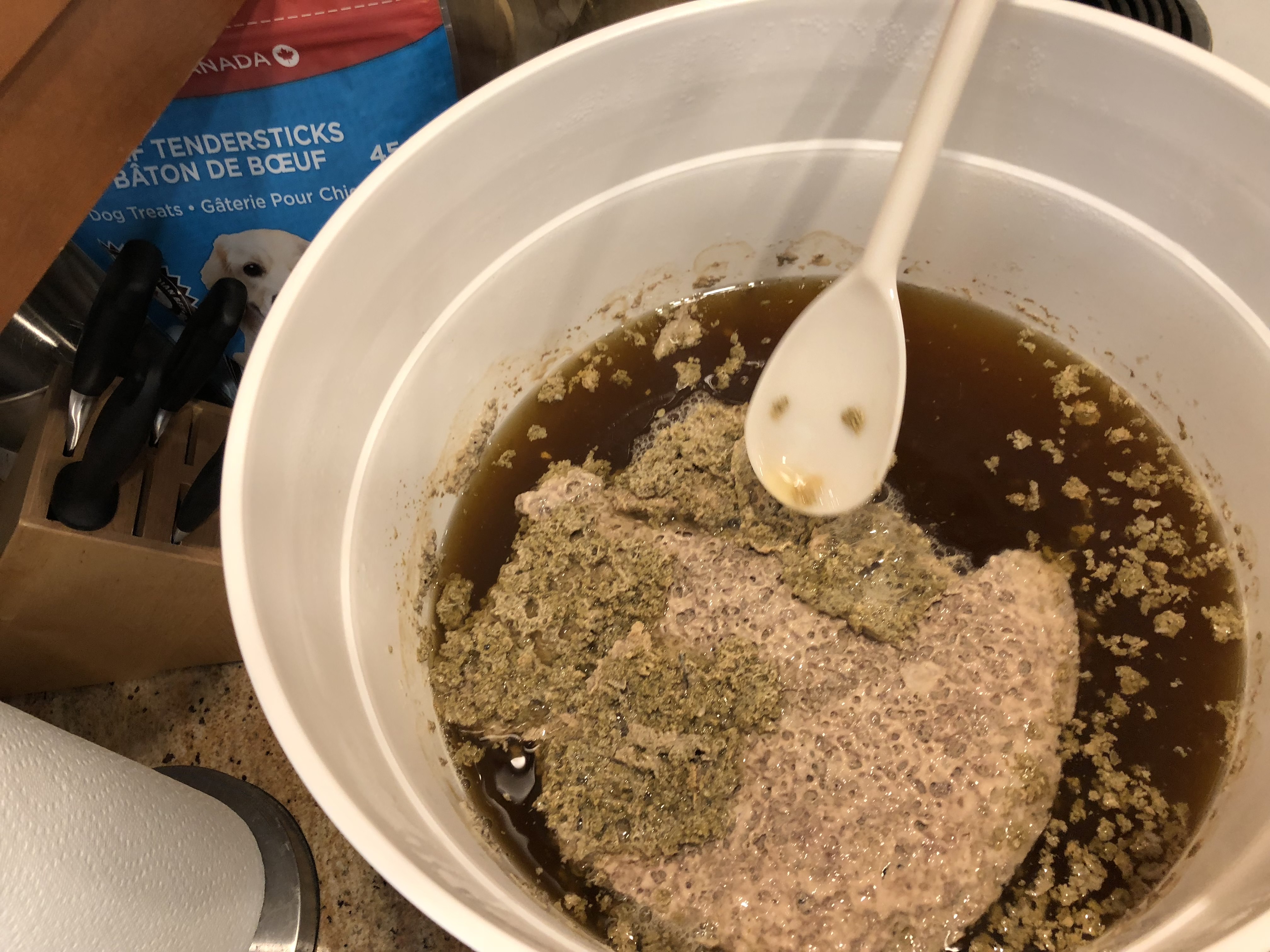WABOBO
Member
- Joined
- Jun 5, 2018
- Messages
- 9
- Reaction score
- 3
Recently started brewing all grain with a few friends. This is the second time we were making this particular recipe (a blond). Although we forgot to add a clearing agent the first time round.
We liked it enough, that we decided to do a double batch this time. We brewed two 5 gal batches (10 total). The recipe called for Irish Moss, and we remembered to buy it this time. Having no experience with Irish Moss (IM), and no instructions, mixed with the general excitement of "quick add it in, there's 15 mins left", we threw the whole 1 oz package in the 10 gal boil (1/2 oz per 5 gal).
I have since learned that IM needs to be prepared, and added a teaspoon at a time.
So, last night, we opened up our two 5 gal primary buckets, and were greeted with a heavy yeast toupee floating on top. I don't think this is an infection, but I have no idea what it is. It is definitely the settlement of yeast, break, and hops that we normally get on the bottom, but its floating. There was hardly anything on the bottom of the pail. The beer tastes like beer, but is a little bitter - think we can chalk that up to being green. We also measured the gravity, and we are in the ballpark of 4%. Is this because of the excess of Irish Moss, is it an infection, or something different altogether?
Any idea of what I'm looking at?


We liked it enough, that we decided to do a double batch this time. We brewed two 5 gal batches (10 total). The recipe called for Irish Moss, and we remembered to buy it this time. Having no experience with Irish Moss (IM), and no instructions, mixed with the general excitement of "quick add it in, there's 15 mins left", we threw the whole 1 oz package in the 10 gal boil (1/2 oz per 5 gal).
I have since learned that IM needs to be prepared, and added a teaspoon at a time.
So, last night, we opened up our two 5 gal primary buckets, and were greeted with a heavy yeast toupee floating on top. I don't think this is an infection, but I have no idea what it is. It is definitely the settlement of yeast, break, and hops that we normally get on the bottom, but its floating. There was hardly anything on the bottom of the pail. The beer tastes like beer, but is a little bitter - think we can chalk that up to being green. We also measured the gravity, and we are in the ballpark of 4%. Is this because of the excess of Irish Moss, is it an infection, or something different altogether?
Any idea of what I'm looking at?




